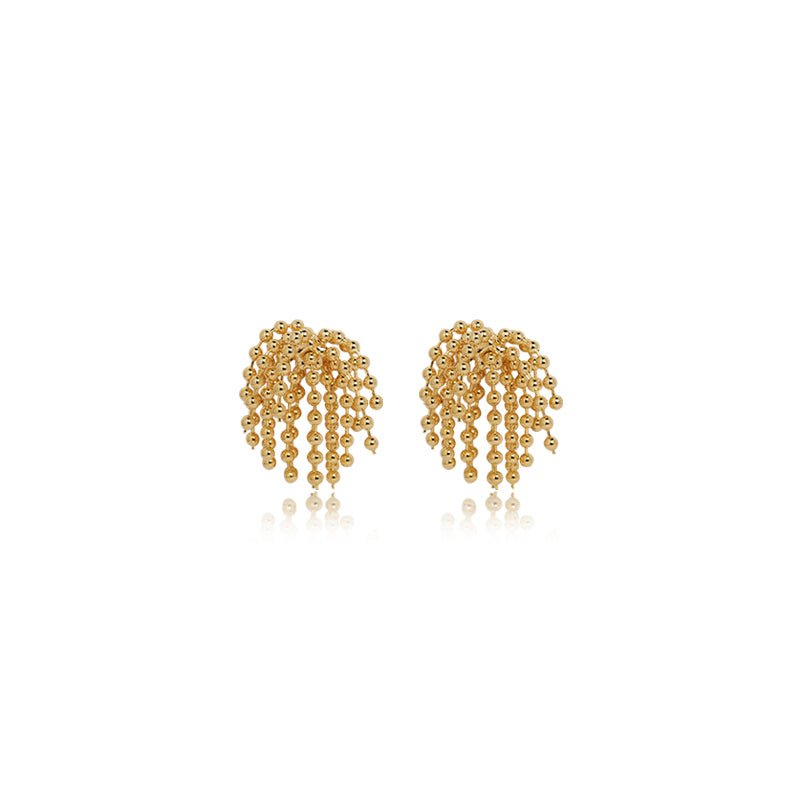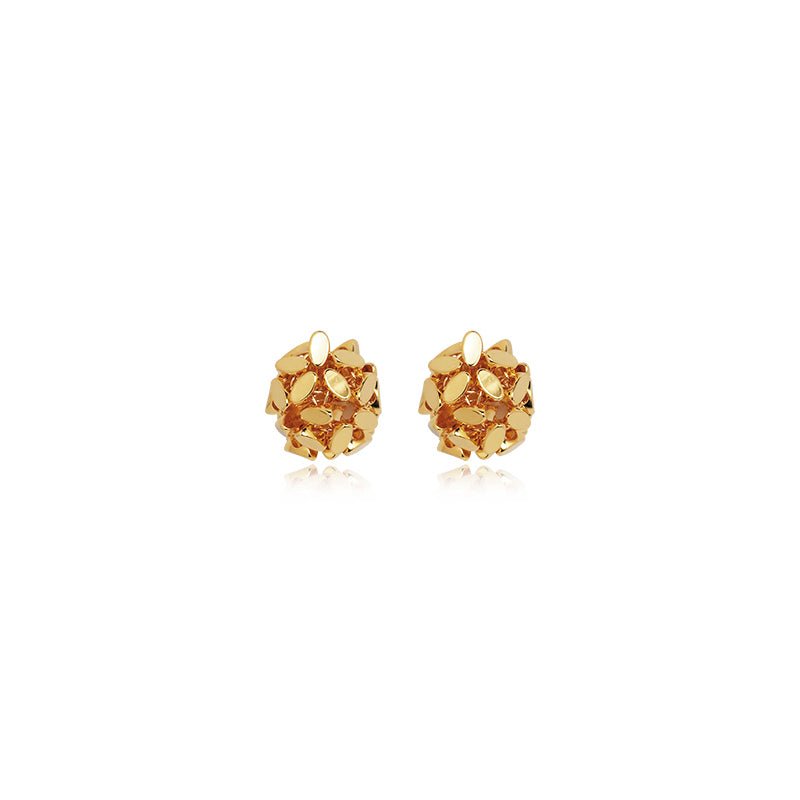How to Store Silver So It Doesn’t Tarnish: Proven Tips for Long-Lasting Shine
Silver is beautiful, but it tarnishes easily. Whether you own heirloom candlesticks, daily-wear jewelry, or sterling flatware, tarnish is a frustrating fact of life.
But here’s the good news: with the right storage and care, you can dramatically reduce or delay tarnishing.
This guide will show you how to store silver so it doesn’t tarnish after cleaning, how to choose the right anti-tarnish solutions, and what museums do to keep their silver pieces spotless.
Why Does Silver Tarnish?
What Causes Tarnish?
Silver tarnishes when it reacts with sulfur-containing gases (like hydrogen sulfide) in the air. This chemical reaction forms a dark layer of silver sulfide on the surface, dulling its shine. Moisture, acids from skin oils, and even food residue can accelerate the process.
Which Silver Items Tarnish Most Easily?
Sterling silver (92.5% silver with 7.5% other metals) is more prone to tarnishing than fine silver due to the added metals, especially copper. Silver-plated items also tarnish and may lose their finish more quickly if the base layer is exposed.
Items most commonly affected include:
-
Jewelry worn close to the skin
-
Silver candlesticks exposed to air and smoke
-
Dining silver exposed to food and washing
-
Decorative pieces sitting in open air
How to Store Silver Properly

Clean Before You Store
Never store silver when it’s dirty. Fingerprints, food particles, and skin oils left on the surface can cause faster tarnishing. Always clean your silver gently before putting it away.
How to remove silver tarnish: Use a soft polishing cloth designed for silver, or a mild silver cleaner. Avoid abrasive scrubbing. If the tarnish is stubborn, opt for a professional silver dip (used according to instructions) or a paste cleaner applied with a microfiber cloth.
How to keep silver from tarnishing after cleaning: Once your silver is clean and dry, store it immediately. Letting it sit out exposes it to air and moisture, which restarts the tarnish process almost immediately.
Use the Right Storage Containers
The ideal storage keeps air and moisture out while preventing chemical reactions. Use specially designed silver storage options like:
-
Anti-tarnish silver bags: Lined with treated fabric that neutralizes sulfur and moisture
-
Tarnish-resistant cloth rolls: Great for silverware or candlesticks
-
Anti-tarnish boxes: Lined cases made to control humidity and reduce exposure
Is there a way to store silver so it doesn't tarnish? Yes. When you seal silver in an airtight, low-humidity container with anti-tarnish materials, you significantly slow tarnishing.
Does wrapping silver in plastic keep it from tarnishing? Only certain types of plastic, like polyethylene or Mylar, are safe. Avoid PVC plastic, which releases gases that worsen tarnish. Always combine with anti-tarnish strips and ensure pieces are completely dry before sealing.
Add Moisture Absorbers
Humidity is one of the biggest enemies of silver. To reduce moisture:
-
Place silica gel packets in your silver drawer or box.
-
Use small chalk sticks (wrapped in tissue) to absorb excess moisture.
-
Activated charcoal in a breathable pouch is another DIY method.
Does aluminum foil keep silver from tarnishing? While foil is used in cleaning methods (with baking soda), it’s not a reliable long-term storage material.
DIY & Professional Storage Options

Acid-Free Tissue Paper for Storing Silver
When storing individual pieces, wrap each in acid-free tissue paper or 100% unbleached cotton. This creates a barrier between the metal and the air, and prevents scratching.
Avoid colored paper, newspaper, or regular tissue, these often contain dyes and chemicals that accelerate tarnish.
Coating Silver to Prevent Tarnish
Can you coat silver to prevent tarnish? Yes, but choose the method carefully. Two options:
-
Museum-grade microcrystalline wax: Creates an invisible layer of protection.
-
Silver lacquer: A long-lasting coating, though it may affect appearance slightly.
How do you make silver tarnish proof? No solution is 100% permanent, but combining light coatings with air-tight storage and anti-tarnish materials can keep silver shiny for years.
How Do Museums Keep Silver From Tarnishing?
Museums have access to controlled environments where temperature, humidity, and pollutants are strictly regulated. Here's what they do:
-
Store silver in airtight display cases with filtered air
-
Use anti-tarnish cloths and liners in drawers
-
Handle only with cotton gloves to avoid finger oils
-
Keep silver in dark or low-light conditions to slow chemical reactions
While you can’t recreate a museum vault at home, you can follow many of these best practices with DIY or affordable alternatives.
Where and How to Store Specific Silver Items
How to Keep Silver Jewelry from Tarnishing
Store jewelry in individual anti-tarnish pouches or lined boxes. Don’t let pieces rub against each other, this causes scratches and speeds up tarnishing. After each wear, polish lightly and store right away.
How to Keep Silver Candlesticks from Tarnishing
Never wrap silver candlesticks in newspaper or with rubber bands, both of which release sulfur. Instead, wrap them in acid-free paper, then place in a cloth roll or sealed container. Store upright in a cool, dark place, away from kitchens and windows.
Long-Term Storage Tips
If you're storing silver for months or years, polish thoroughly, wrap in acid-free tissue, and place in an airtight box. Use anti-tarnish strips or cloth. Avoid vacuum-sealing unless you're sure the silver is 100% dry and the materials are safe.
How to Store Silver So It Doesn’t Tarnish After Cleaning

The Most Important Step: Immediate Storage
Air exposure after cleaning is when tarnish re-forms the fastest. Once cleaned, dry the piece completely. Then wrap in acid-free material and place it in an anti-tarnish storage container immediately.
If you’re storing flatware, make sure pieces don’t touch metal-to-metal. Insert anti-tarnish strips between layers for extra protection.
FAQs
How do I keep silver from tarnishing after I clean it?
Dry it thoroughly and store it immediately in anti-tarnish bags or lined boxes.
Can you coat silver to prevent tarnish?
Yes, with clear lacquers or waxes, though these require careful application.
What’s the best silver storage solution at home?
Acid-free wraps + anti-tarnish bags + low-humidity storage = best protection.
How do museums keep silver tarnish-free?
Climate control, anti-tarnish fabrics, and minimal handling.
Conclusion
Tarnish is inevitable, but manageable. Whether you’re storing silver jewelry, flatware, or decor, what matters most is keeping it dry, protected, and isolated from tarnish-causing elements.
Use smart storage like anti-tarnish bags, acid-free wrapping, and moisture absorbers. Avoid shortcuts like ordinary plastic or high-humidity areas.
With consistent habits, your silver will stay radiant for years to come.





























Leave a comment